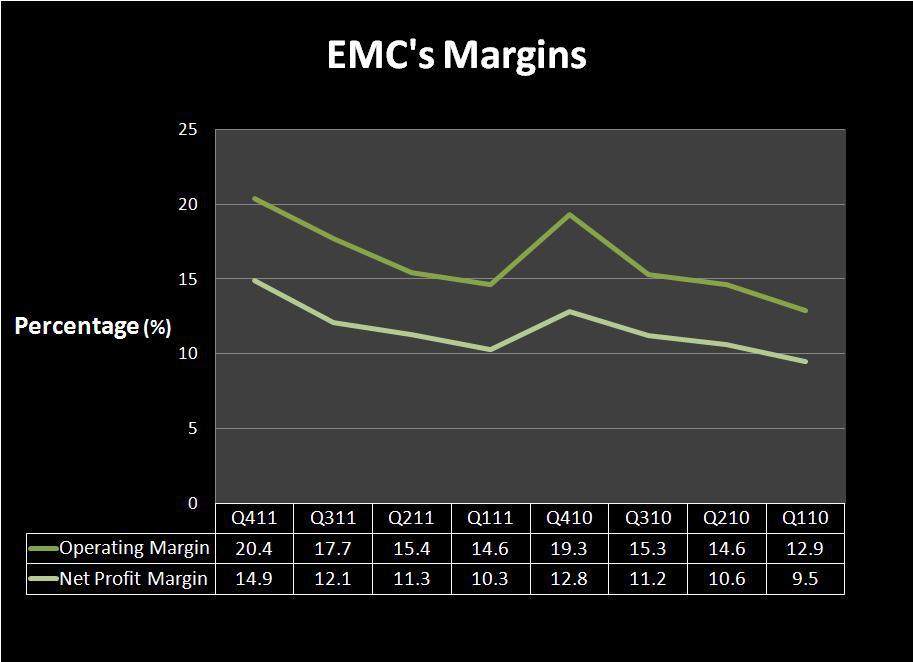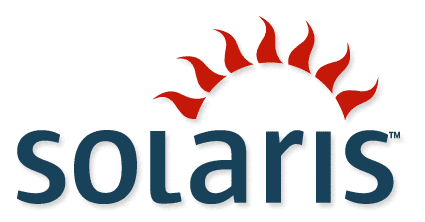 |
| [image courtesy: blog of Chuck Hollis, EMC VP --Global Marketing CTO] |
Changes at EMC
EMC has been going through a great deal of changes over the years.
2003-12 - [
html] - EMC Purchases VMWare for Hypervisor
2004-12 - [
html] - EMC Purchases SMARTS for Network Fault Management
2007-11 - [
html] - EMC Purchases Voyence for VoyenceControl
2009-11 - [
html] - VMWare, EMC, Cisco Announce VCE
(Virtual Computing Environment) VBlock Architecture
2012-05 - [
html] - EMC Purchases Watch4Net for APG
2012-06 - [
html] - Cisco, NetApp Announce FlexPod Architecture
2012-06 - [
html] - EMC Produces Own Blade Servers
Some of internal changes are more political rather than product infrastructural.
2012-09 - [
html] - EMC CEO Succession Politics
During EMC world, Oracle was made to look like the red-headed bastard step child, while SPARC hardware probably drives more EMC storage than either company cares to acknowledge.
Implications to Network Management
EMC had normally played well in the multi-vendor environment, because they were a software and storage company - they would sell disks and software to anyone who used any vendor's equipment. This started to change in 2003.
With the acquisition of VMWare in 2003, there was an internal drive to virtualize more software in the proprietary Intel space, rather than play in the Open Systems space. With the VCE announcement, using Cisco to push into the carrier space further pressed the Open Systems vendors. In 2012, with the announcement from Cisco to partner with NetApp and EMC producing their own blades, the internal political pressure to abandon Open Systems will continue.
Ironically, historical analysis of performance, configuration, and event data from Network and Systems Management platforms drove the need for robust disk storage systems...
Telecommunications Market -was one of the original Big Data platforms. Big-data using off-the-shelf network management software requires Open Systems (with massive vertical [socket-count] and horizontal [blade-count] scalability.) No robust system implemented under traditional Open Systems platforms would be done, without external EMC storage. The push away from Open Systems platforms (to lower-end Linux & Windows platforms) ironically drives EMC storage out of the solutions... yet this [increasingly] is the direction from EMC.
Will the investment of Open Systems management tools from SMARTS, Voyence, and Watch4Net continue to be made by EMC - with the transition from EMC CEO Joe Tucci? EMC recently
killed cross-vendor object storage. With VMWare CEO Paul Maritz assuming a higher profile, will the traditional EMC suffer greater loss in their EMC Network Management and EMC storage customer bases? Pat Gelsinger, president and COO of EMC's Information Infrastructure Products, became CEO of VMware, which may offer greater influence for Open Systems management in VMWare's proprietary Intel sphere.
 |
| [Graph courtesy: seekingalpha.com article] |
Traditional Network, Systems, Storage, and Security Management may be losing the last viable multi-vendor player, as the industry consolidates into vertical, proprietary stove-piped systems. It is really EMC's choice as to whether their political structure decides to carry the Open Systems banner and say "we are different - we manage everything on everything" (and are worth the premium we charge) or whether they choose to lose the moral high ground offered by Open Systems and suffer the lower profit margins of a solely proprietary Intel platform [which offers no marketing differentiation.]
 |
| [Tombstone of Elizabeth in Yangzhou courtesy: wikimedia.org] |
If EMC's SMARTS, VoyenceControl, and APG will not "manage everything on anything" in the near future: EMC will lose their main competitive position against dominate industry players like HP & IBM. Without "everything on anything" - EMC will not be worth the money they currently charge. Any two-bit open source network & systems management framework supports "management of everything on anything"... so if EMC continues to choose vertical isolation [with the abandonment of Open Systems such as Itanium, POWER, and SPARC] - EMC's may soon no longer be "the only game in-town" and there will no longer be the need to even consider EMC as a competitor to Tivoli and OpenView. Ignoring a great marketing feature and poor management decisions will result in the death of EMC NSM.













